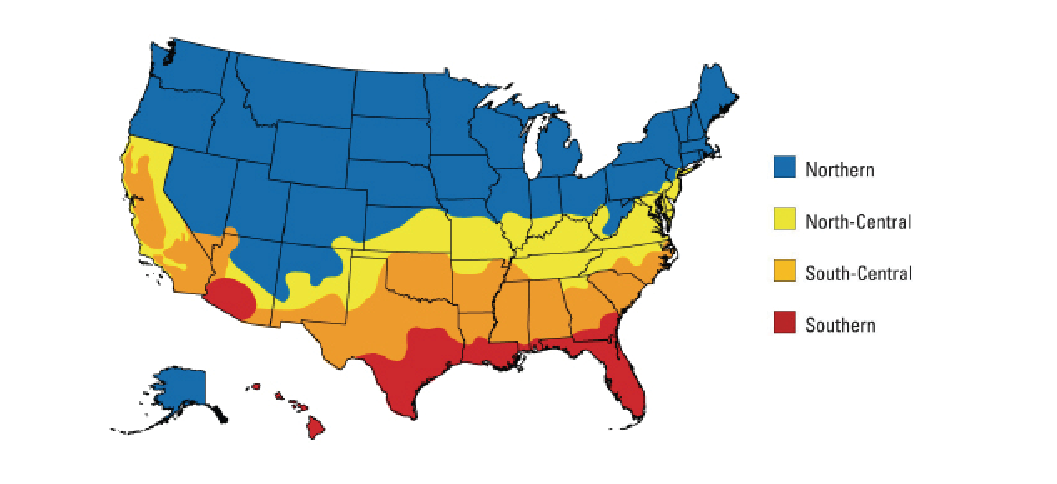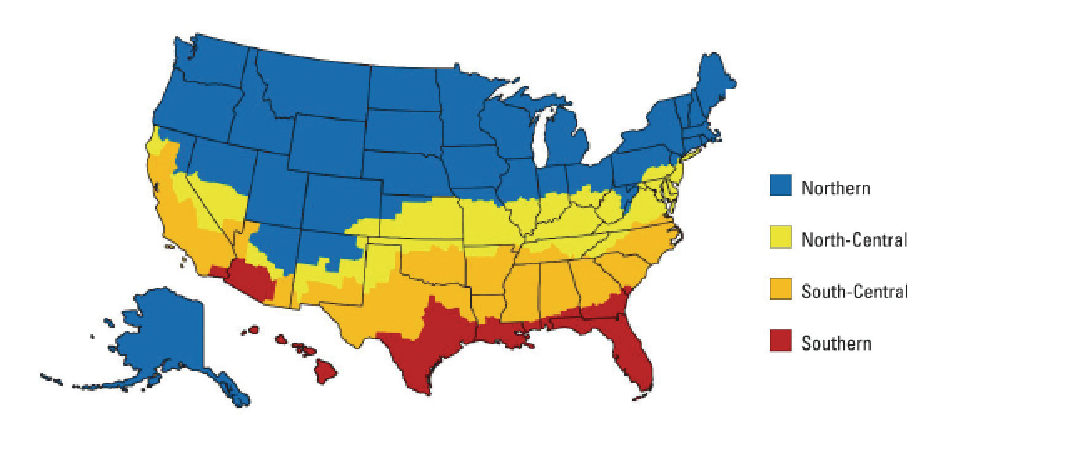The Current State of Energy Star
The overall energy trend for the architectural glass industry is increased stringency moving toward net-zero
The U.S. Environmental Protection Agency officially finalized the Energy Star Version 7.0 Specification for Residential Windows, Doors and Skylights on Oct. 20, 2022. The updated criteria became effective on Oct. 23, 2023, following a collaborative effort between the EPA, the U.S. Department of Energy and the Lawrence Berkeley National Laboratory over the past four years. This joint initiative focused on modeling the energy characteristics of a diverse range of high-performing windows under various operational conditions.
In the residential glass industry, the Energy Star program has traditionally played a significant role in promoting energy-efficient windows and doors, both critical components of building envelopes, influencing energy consumption and occupant comfort. Energy Star-rated products typically feature advanced technologies, such as low-emissivity coatings and improved framing materials, to enhance thermal performance and reduce heat transfer. Version 7.0 incorporates more stringent requirements and updated technologies to reflect advancements in energy efficiency. These requirements continue to focus on U-factor and solar heat gain coefficient, or SHGC, but update the climate zones to better reflect the International Energy Conservation Code and our changing climate.
The four distinct climate zones
Northern
The Northern zone is a heating-dominated climate driven by U-factor performance and, if possible, higher SHGC, which allows the sun to help offset winter heating costs. Products are guided by best thermal performance, or a U-factor of 0.22 or lower, and with an SHGC greater than or equal to 0.17. Low-e coatings may be specified for the third surface to increase the SHGC; in the coldest regions, a surface four coating or triple glazing may be specified to further improve thermal performance.
To increase design options for manufacturers to comply, Energy Star Version 7.0 also provides equivalent energy performance alternatives for windows that allow the U-factor to be increased from 0.22 up to 0.23-0.24 when combined with a higher SHGC of 0.35 or greater, or a U-factor of up to 0.25-0.26 when combined with an SHGC over 4.0.
North-Central
The North-Central zone is a region that includes both heating and cooling loads, so it is not wholly dependent on the U-factor or SGHC. Generally, a U-factor of 0.25 or less and an SHGC of 0.40 or less is required.
South-Central
The South-Central zone is another region that includes both heating and cooling loads (mainly cooling), so both U-factor and SGHC are important, but a low SHGC plays a more critical role. Generally, a U-factor of 0.28 or less and an SHGC of 0.23 or less is required.
Southern
The Southern zone is a cooling-dominated climate driven by SHGC requirements. A low SHGC is required at 0.23 or less, and the U-factor is not dominant, with a requirement of 0.32 or lower.
Low SHGC may mean sacrificing visible light transmission, but solar-selective, low-e coated glass can be selected to maximize light transmission. In some cases, lower levels of light transmission may also be desirable to reduce glare in a building.
Overall Energy Trends
With these requirements, low-e coatings are now required across all climate zones, either to help meet the low SGHC requirements in the Southern zones or to help meet the low U-factor requirements in the Northern zones.
The overall energy trend for the architectural glass industry is increased stringency moving toward net-zero. Energy Star Version 7.0 is not the only standard requiring a reduction in U-factors and SHGC; both the IECC and ASHRAE 90.1 standard now have goals to achieve net-zero energy consumption by 2031, which means increased energy-efficiency requirements and renewable energy requirements.
Current climate zones

New climate zones

Quick look

